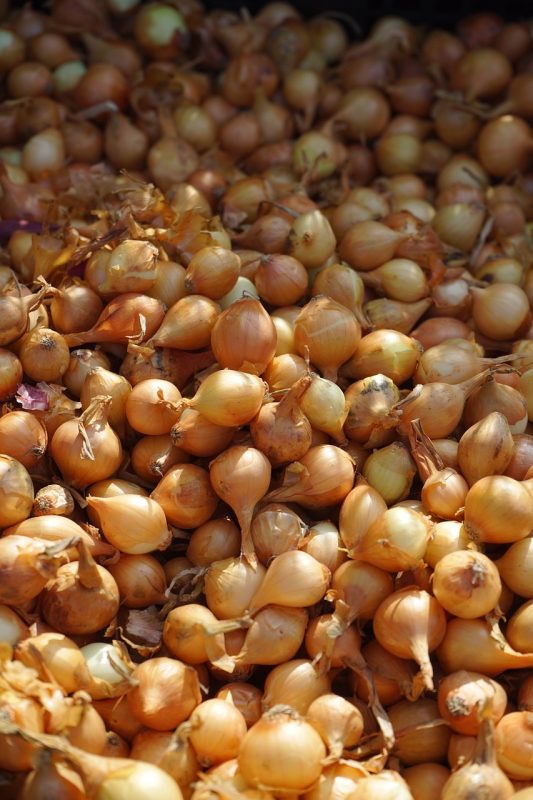Cool-Season Vegetables (September to November)
As Arizona embraces its cooler fall temperatures, avid gardeners can take advantage of the unique growing conditions that this season provides. With cooler nights and warm days, the fall garden becomes a vibrant canvas for a variety of cool-season vegetables that thrive in this climate. Below, we explore a wide selection of these vegetables, discussing their growing conditions, nutritional benefits, and culinary uses.
Broccoli
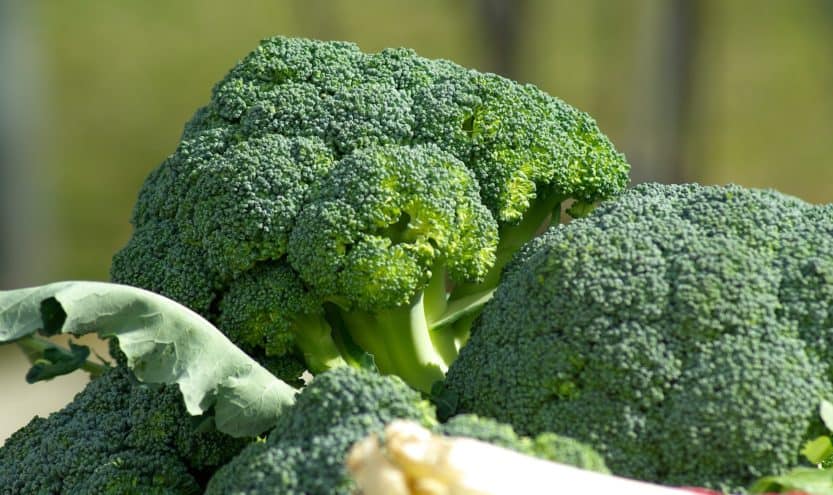
Broccoli is a versatile vegetable that is not only packed with nutrition but also thrives in the fall. It prefers cooler temperatures, which enhances its flavor and texture. For gardens in Arizona, the ideal planting window begins in late September, allowing enough time for the plants to mature before the temperatures drop too low. Broccoli is an excellent source of vitamins C and K, as well as folate and dietary fiber. Whether steamed, roasted, or blended into soups, this cruciferous vegetable can be used in a myriad of dishes.
Cauliflower
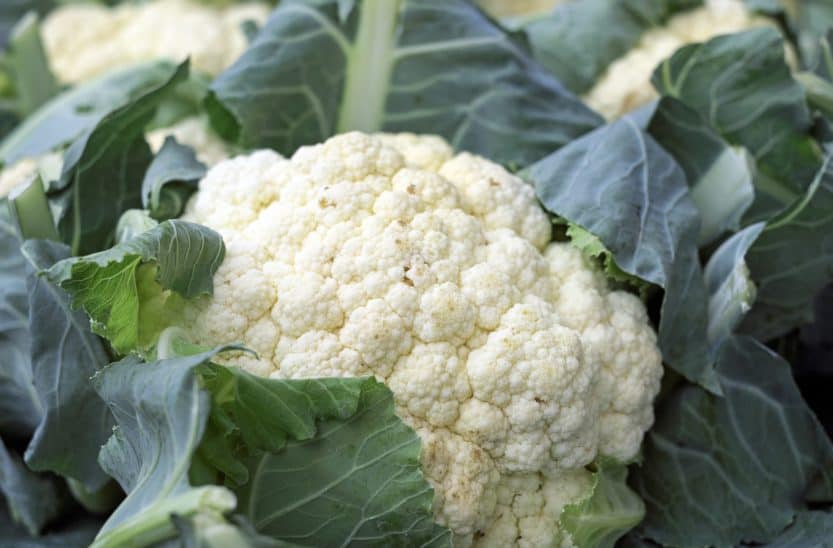
Similar to broccoli, cauliflower loves the cooler temperatures of fall, which contribute to its sweeter, more robust flavor. When planting cauliflower, consider starting seeds in early September for a successful harvest by late November. Rich in antioxidants and vitamin C, cauliflower is incredibly versatile in the kitchen—it can be enjoyed as a base for pizza crusts, riced, or even mashed as a low-carb alternative to potatoes.
Kale

Kale is often recognized as a superfood, and fall is an ideal time to grow this nutrient-dense leafy green. With several different varieties available, including dinosaur and curly kale, gardeners can experiment with various textures and flavors. Planting kale in mid-September ensures that it’s well-established before the first frost. Due to its high levels of vitamins A, C, and K, kale can easily enhance salads, smoothies, and stir-fries, making it a healthy choice for any meal.
Spinach
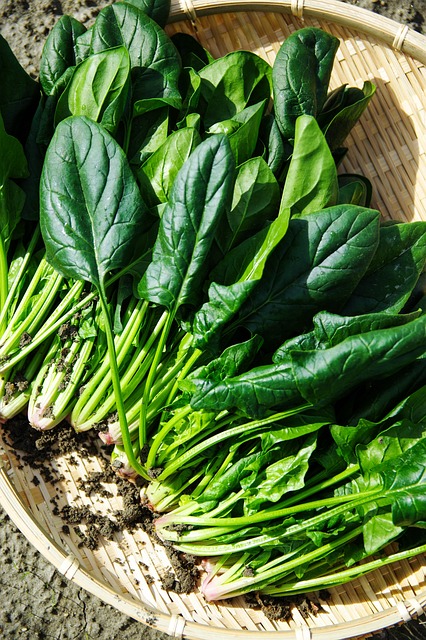
Equally refreshing, spinach can be sown in rows or broadcasted on garden beds, providing a lush green foliage in no time. This leafy green thrives in the milder temperatures of fall, and its rapid growth cycle allows for multiple harvests within a season. Rich in iron and essential vitamins, spinach is perfect for fresh salads, sautés, or as a nutritious stuffing in various dishes. Consider staggering your sowing every couple of weeks to enjoy a continuous supply of fresh spinach.
Lettuce
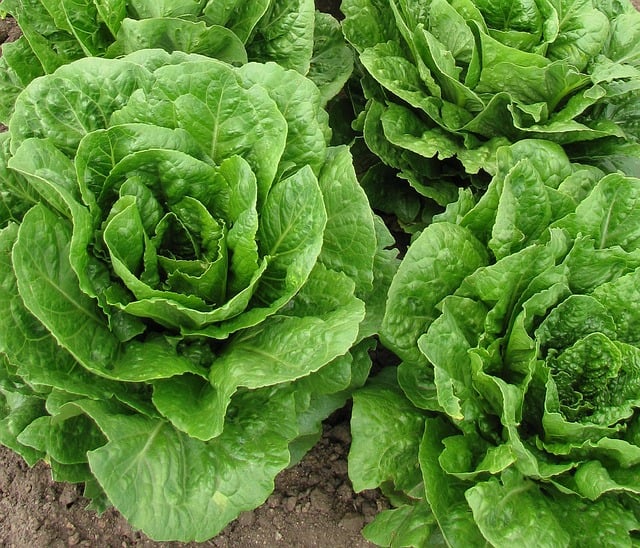
For a salad lover’s paradise, fall gardens can offer a plethora of lettuce varieties ranging from crisp heads to looseleaf types. Varieties such as Romaine, Butterhead, and Oakleaf thrive in the cooler months of Arizona. Early fall planting, ideally in September, provides the best results. With the right care, lettuce can be harvested within six to eight weeks. Not only do they add crunch and flavor to any salad, but their vibrant colors can beautify any garden space.
Peas

Nothing signifies the sweetness of fall vegetables like peas. As a cool-season crop, peas can be planted in early September for a flavorful addition to your Thanksgiving table. Snap peas and snow peas are both excellent options for Arizona gardens, flourishing in the gentle chill. Their high fiber content and vitamins A, C, and K make them a nutritious snack, perfect for sautéing or enjoying raw straight from the garden.
Radishes
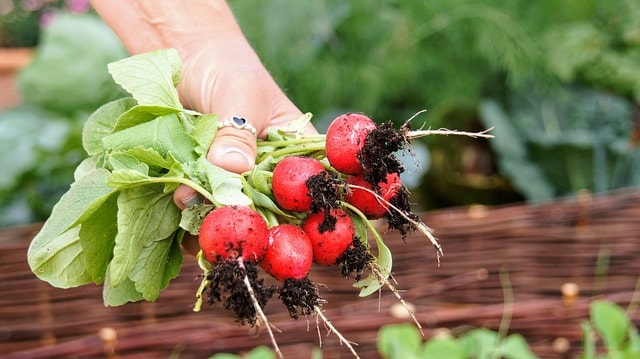
Fast-growing radishes can be a fun and rewarding option for gardeners seeking quick results. Sown in late September, they typically reach maturity in just three to four weeks. Their crisp texture and peppery flavor lend a unique twist to salads and sandwiches. Additionally, radish greens can be harvested and utilized in pestos or salads, ensuring that no part of the plant goes to waste.
Carrots
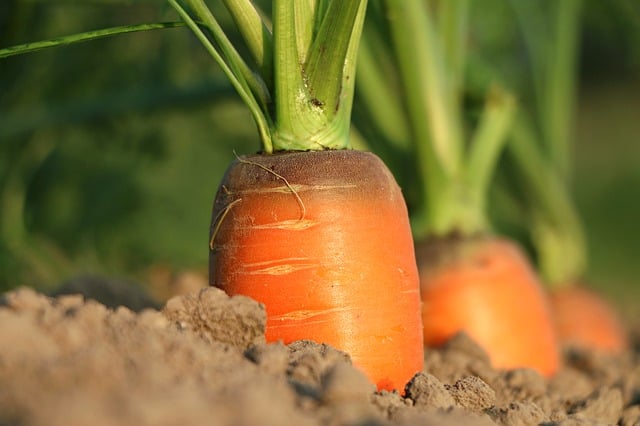
Carrots are a staple for any cool-season garden, and Arizona’s fall weather favors their growth. Planting begins in September, as these root vegetables thrive in cooler soils. With a variety of colors and sizes available, from baby carrots to colorful heirloom varieties, they’re not only visually appealing but packed with beta-carotene. Carrots can be enjoyed raw, roasted, or blended into juices, making them a versatile addition to any dish.
Beets
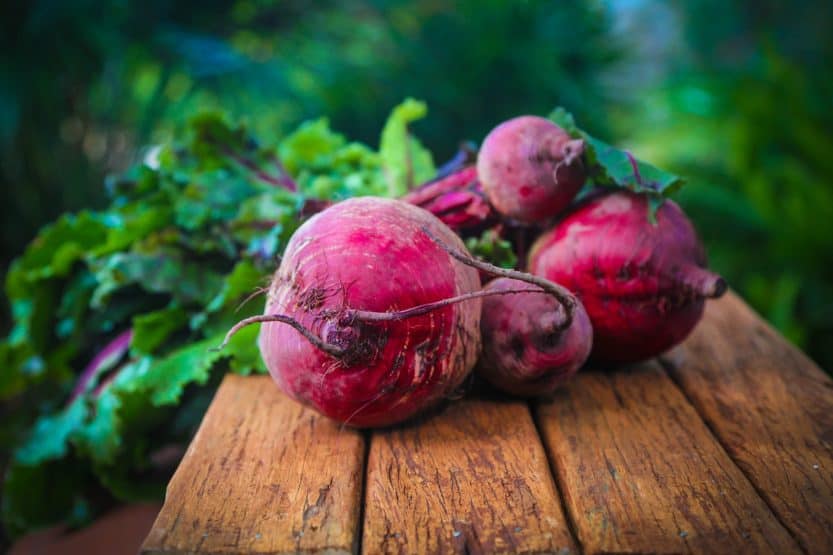
Beets are not only hardy; they also boast a unique ability to thrive in fall gardens. Highly nutritious, they’re rich in antioxidants and have the added bonus of being a two-for-one crop—both the leafy tops and roots are edible. Starting seeds in early September results in a flavorful harvest by mid-November. Roasting beets enhances their natural sweetness, while their greens can be sautéed or used in salads, making this vegetable an exciting choice for fall meals.
Turnips
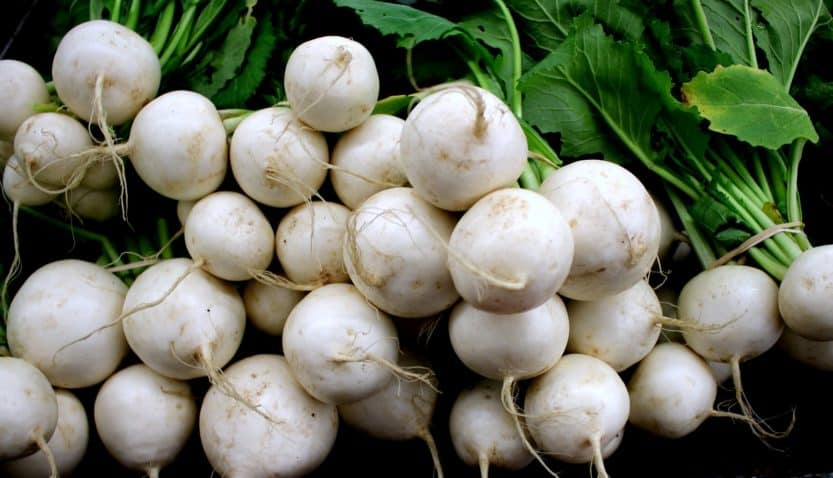
Turnips are gaining popularity as a garden gem due to their adaptability in varying climates, and Arizona’s cooler months present perfect growing conditions. Planting can occur from September through October, yielding both hearty roots and nutritious greens. With a mild, slightly sweet flavor, turnips can be roasted, mashed, or pickled. The greens can also be cooked similarly to mustard greens, adding depth to your meals.
Rutabaga

Rutabaga, a root vegetable that’s often overlooked, is perfect for Arizona’s fall garden. This hardy vegetable thrives in cooler temperatures, making September an ideal time for planting. Known for their sweet, earthy flavor, rutabagas can be harvested in about three months, providing both edible roots and nutritious greens. Nutritionally, they are high in vitamin C and fiber. Rutabagas can be easily mashed, roasted, or included in hearty stews, and their versatility in the kitchen makes them a cherished addition to any fall menu.
Cabbage
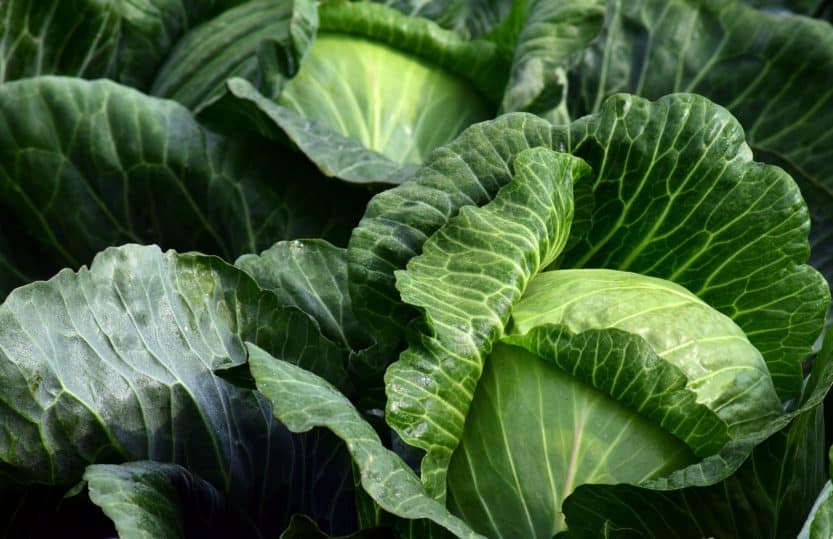
Cabbage is a versatile cool-season vegetable that flourishes in Arizona’s fall climate. With varieties ranging from green to red and Napa cabbage, there’s plenty of options for gardens. Planting cabbage in late September or early October allows for a robust harvest by late November. Loaded with vitamins C and K, cabbage is excellent both raw in salads or coleslaw and cooked in stir-fries and soups. Additionally, fermented cabbage can be transformed into sauerkraut, which not only enhances its flavor but also increases its health benefits due to probiotic content.
Collard Greens
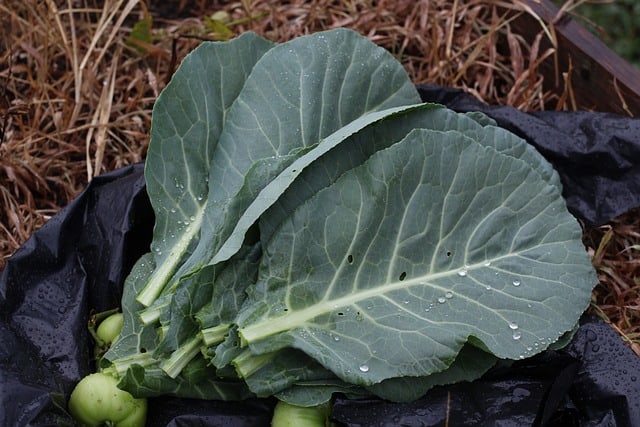
Collard greens, a staple in Southern cuisine, are well-suited for Arizona’s fall garden. They thrive in cooler weather and can be planted from mid-September through October. This nutrient-dense green is known for its high levels of vitamins A, C, and K, as well as calcium. Unlike other leafy greens, collards are slightly more robust, making them perfect for braising and slow-cooking. Their hearty leaves can also be used as wraps, providing a healthy alternative to traditional tortillas.
Brassicas (September to November)
As the temperatures in Arizona transition from the heat of summer to the milder conditions of fall, it is the perfect time to cultivate brassicas. These hardy vegetables belong to the family Brassicaceae and are characterized by their high nutritional content and versatility in the kitchen. With their robust flavors and ability to thrive in cooler weather, brassicas are a cornerstone of fall gardens in Arizona. Let’s explore some of the best brassicas to grow during this season.
Broccoli
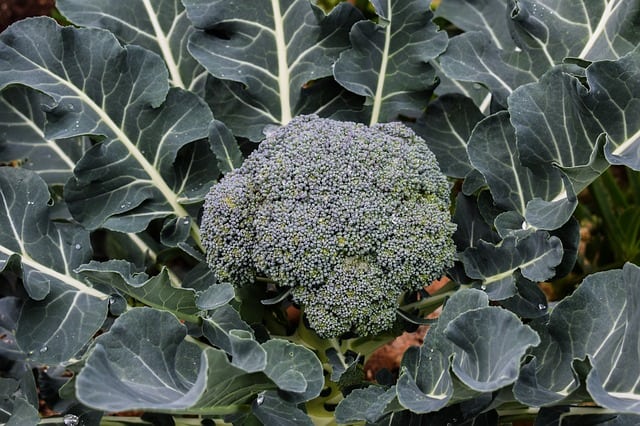
Broccoli is often the star of the brassica family, renowned for its vibrant green color and deep, nutrient-packed florets. In Arizona’s fall garden, planting broccoli seeds in late September provides ample time for the plants to mature before winter sets in. The plants thrive in cool conditions, which not only helps maintain their lush green color but also enhances their sweetness. Rich in vitamins C and K, fiber, and antioxidants, broccoli can be harvested when the heads are firm and tight. Besides being a delicious addition to stir-fries and salads, it also serves well as a steamed side dish, making this vegetable a favorite among health-conscious cooks.
Cauliflower
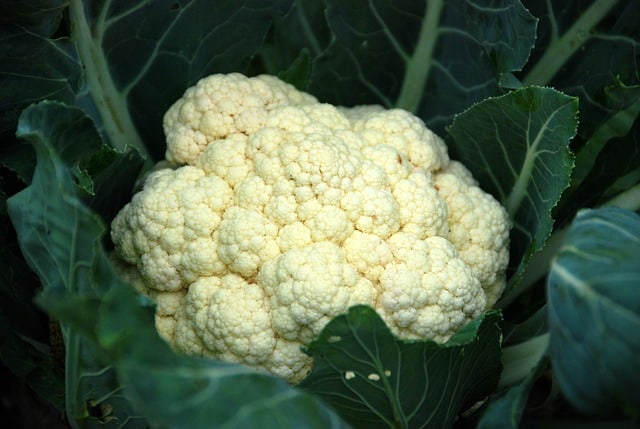
Cauliflower has gained popularity as a versatile culinary ingredient, often serving as a low-carb substitute in various recipes. This brassica thrives in Arizona’s fall climate, with an ideal planting window in late September. It prefers well-drained, nutrient-rich soil and benefits from regular watering—especially during warmer days. Cauliflower heads develop best in cooler temperatures, and harvesting them at the right time, when the curds are tightly packed, ensures optimal flavor. Beyond traditional methods like steaming and roasting, cauliflower can be used to make cauliflower rice, purees, and even pizza crusts, appealing to a wide range of dietary preferences.
Cabbage
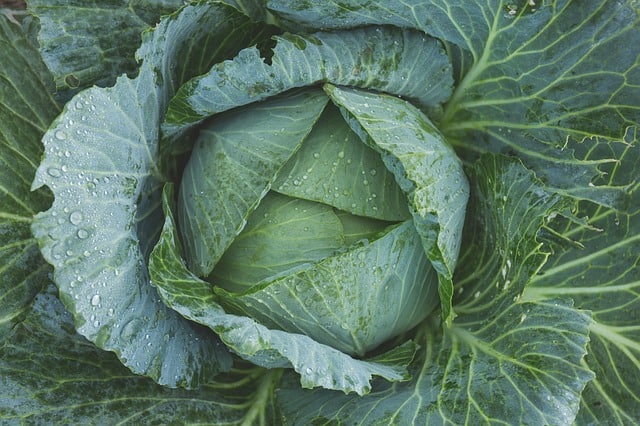
Cabbage is another robust brassica that plays a vital role in many culinary traditions, ranging from sauerkraut in German cuisine to coleslaw in American barbecues. Cabbage is well-suited for Arizona’s fall garden, with the planting season kicking off in late September. It loves rich, fertile soil and regular moisture. Cabbage not only provides a hearty crunch but is also full of vitamins C and K, along with antioxidants that support overall health. Due to its longer growing season, cabbage can be harvested throughout winter, making it a versatile ingredient in soups, stir-fries, and salads. Its adaptability to various cooking methods ensures that it remains a kitchen staple.
Kohlrabi

Kohlrabi, often lesser-known in the brassica family, is an intriguing vegetable that deserves attention in your fall garden. This bulbous vegetable can be sown as seeds in mid-September and thrives in the cooler months, developing a sweet and crisp flavor. Kohli’s round, edible stem can be harvested once it reaches the size of a golf ball, providing a crunchy, refreshing element to salads and slaws. Packed with vitamins C and B6, fiber, and potassium, kohlrabi can be eaten raw, roasted, or even added to stir-fries. Additionally, its greens are edible and can be steamed or sautéed, ensuring no part of the plant goes to waste.
Bok Choy
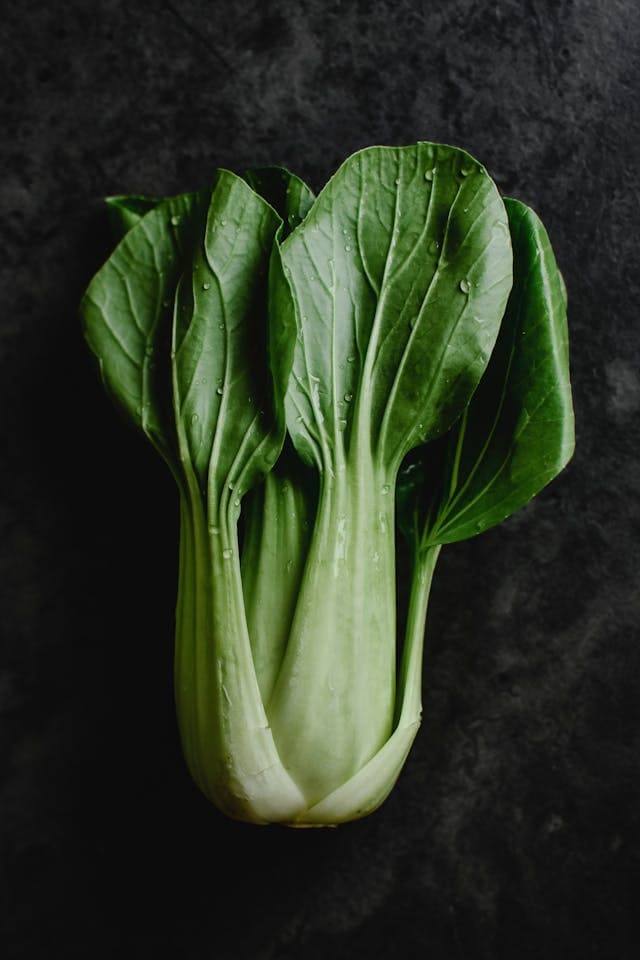
Bok choy, a popular Asian green vegetable, thrives in the cooler garden conditions of fall. This fast-growing plant can be sown in early October, providing tender, crunchy leaves in a matter of weeks. Known for its mild and slightly sweet flavor, bok choy is a staple in stir-fries, soups, and even as a raw salad ingredient. Rich in vitamins A, C, and K, this brassica is not only delicious but also supports immune health and promotes strong bones. It’s best to harvest bok choy in the juvenile stage for the most tender leaves but can be left to mature for more substantial greens.
Mustard Greens
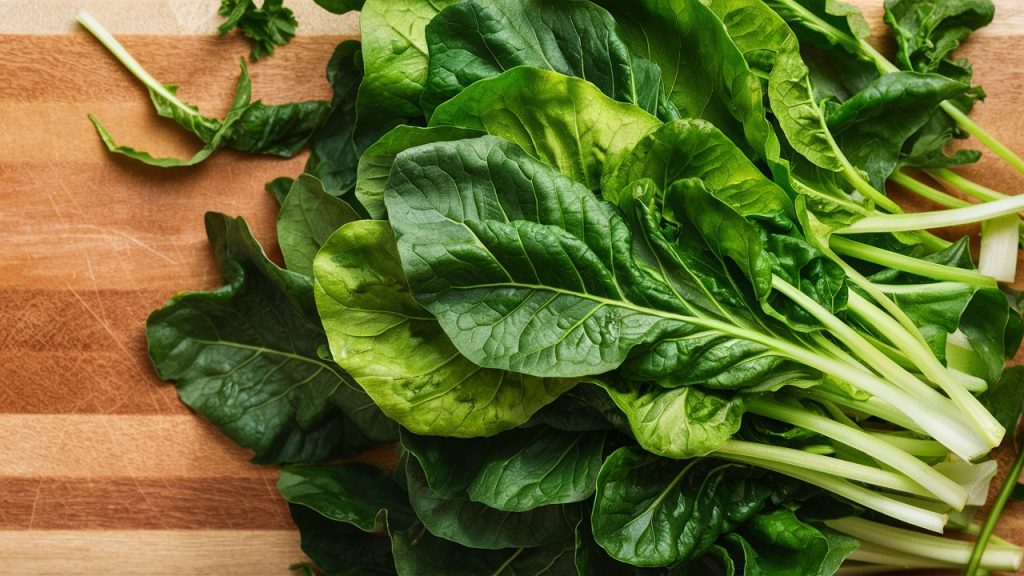
Mustard greens, with their spicy flavor and vibrant green leaves, are another excellent addition to your fall brassica garden. These leafy greens thrive in cooler weather and can be sown from late September to October. Mustard greens are rich in vitamins A, C, and K and provide a plethora of health benefits, including anti-inflammatory properties. Their peppery bite makes them a perfect complement to salads, sautéed dishes, or even blended into smoothies for an extra nutritional boost. Furthermore, mustard greens can be harvested multiple times throughout the growing season, allowing for a continuous supply of fresh greens.
Root Vegetables (October to December)
As the temperatures in Arizona begin to cool down, this is the perfect time to plant a bounty of root vegetables that thrive in the fall and winter months. Root vegetables offer a robust and hearty addition to the fall garden, providing essential nutrients and flavor while also being versatile in culinary applications. Here, we explore several root vegetables best suited for the October to December planting window, highlighting their unique characteristics and benefits.
Carrots
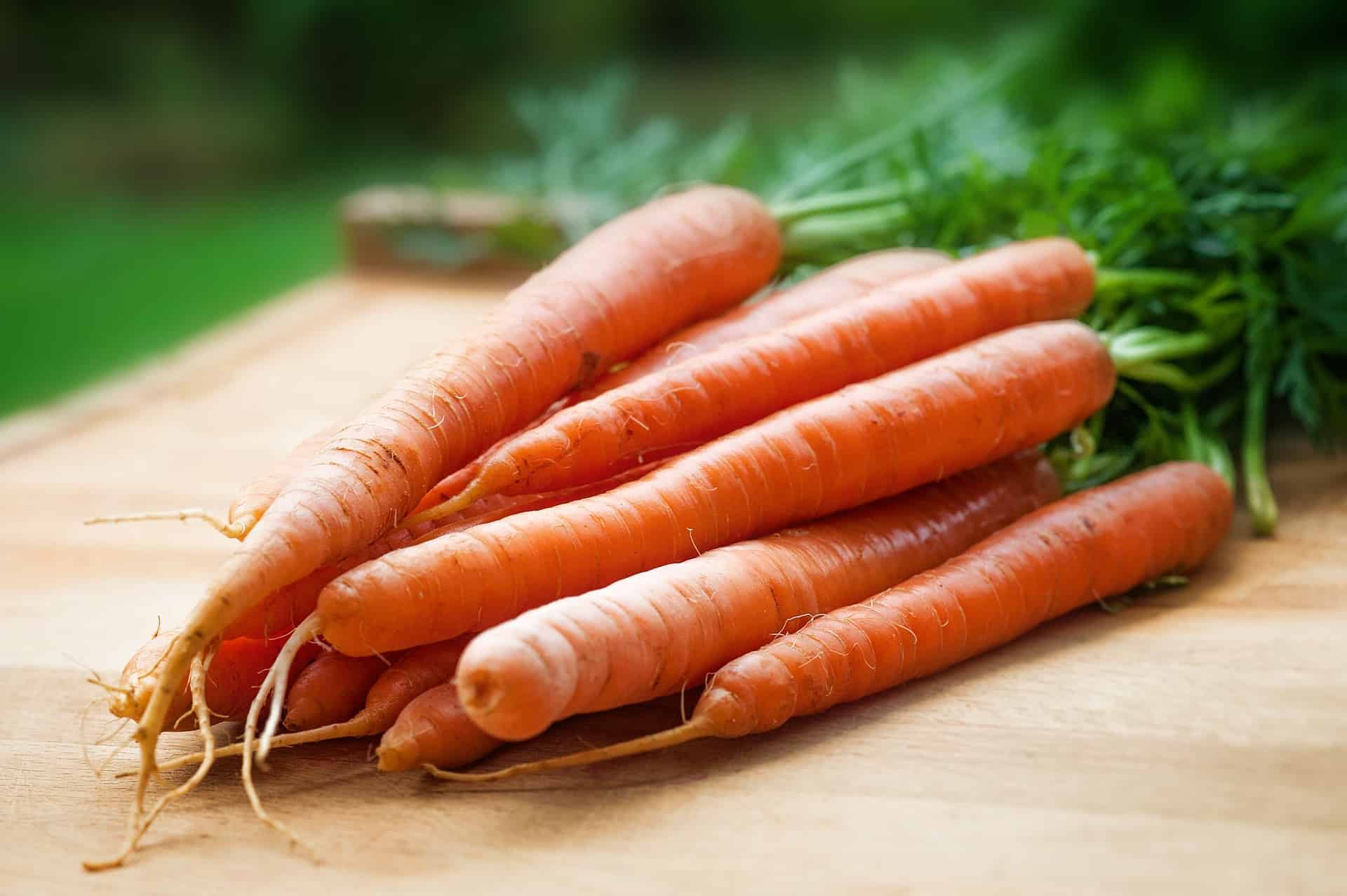
Carrots are a quintessential fall vegetable renowned for their sweetness and crunch. In Arizona, they can be successfully planted from early October to December, taking advantage of the cooler nights that actually enhance their flavor. This root vegetable thrives in well-draining, sandy loam soil enriched with organic matter. To achieve the best results, thin out seedlings early to ensure ample space for growth, as crowded plants can lead to stunted roots. Rich in beta-carotene and other vital nutrients, carrots can be enjoyed raw, roasted, or incorporated into soups and stews, making them a versatile garden favorite.
Beets

Beets not only provide a beautiful pop of color but also offer a rich, earthy flavor that shines in various dishes. Planting beets in October allows for a winter harvest, as they prefer cooler temperatures for optimal growth. They are easy to cultivate and can be sown directly into the ground, requiring minimal care beyond regular watering. Both the roots and greens are edible, making beets a two-for-one crop that reduces waste. Nutritionally, beets are high in folate, manganese, and dietary nitrates, which may help lower blood pressure and improve exercise performance. Roast them, pickle them, or toss them into salads for an antioxidant-rich meal.
Radishes
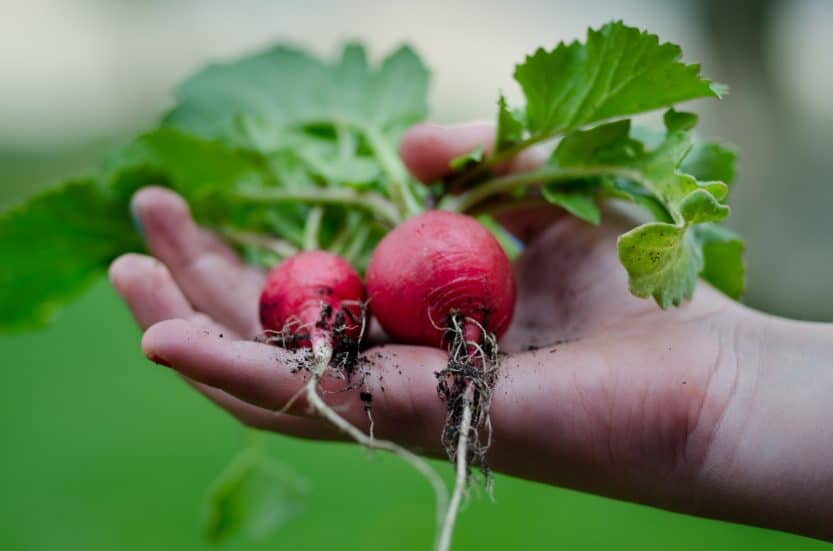
With their fast growth cycle, radishes are an ideal choice for Arizona’s fall garden. Sown in early October, radishes can be harvested in as little as three to four weeks, making them perfect for gardeners looking for quick results. They thrive best in cooler weather, which enhances their crisp texture and peppery flavor. Aside from their roots, radish greens can be utilized in salads or smoothies, ensuring every part of this plant is delicious. Packed with vitamin C and antioxidants, radishes not only offer health benefits but also bring vibrant colors to the dinner plate, elevating the presentation of any dish.
Turnips
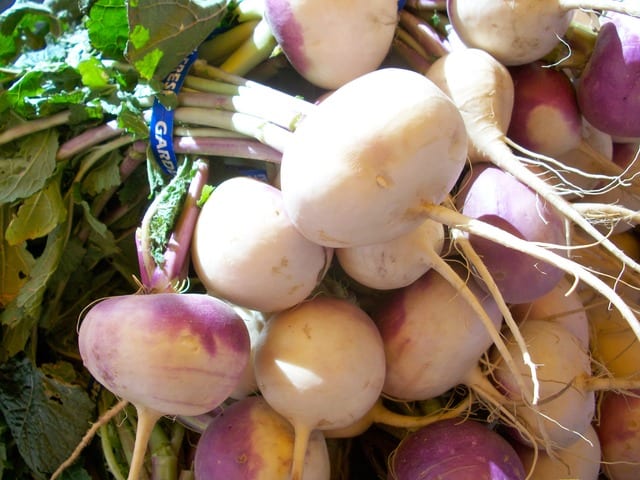
Turnips are a highly adaptable root vegetable that grows well in Arizona’s fall climate. They can be sown from mid-October to November, and their sweet, slightly tangy flavor becomes more pronounced with cooler weather. Turnips can be harvested as young, tender greens or allowed to mature into hearty roots. Nutritionally, they are high in vitamins C and B6, along with manganese and fiber. This versatile vegetable can be roasted, mashed, or pickled, and is a great addition to soups and stews, where they bring a unique depth of flavor.
Rutabaga

Rutabaga, a member of the brassica family, offers a robust flavor that works well in hearty fall dishes. Best planted from mid-October to early November, rutabagas prefer cooler temperatures, which enhance their sweetness. These hardy root vegetables require well-drained soil and consistent moisture for optimal growth. Rutabagas are highly nutritious, containing fiber, potassium, and vitamin C, making them a healthy addition to any meal. Enjoy them roasted, mashed, or incorporated into soups and casseroles, where their bold flavor can take center stage.
Parsnips
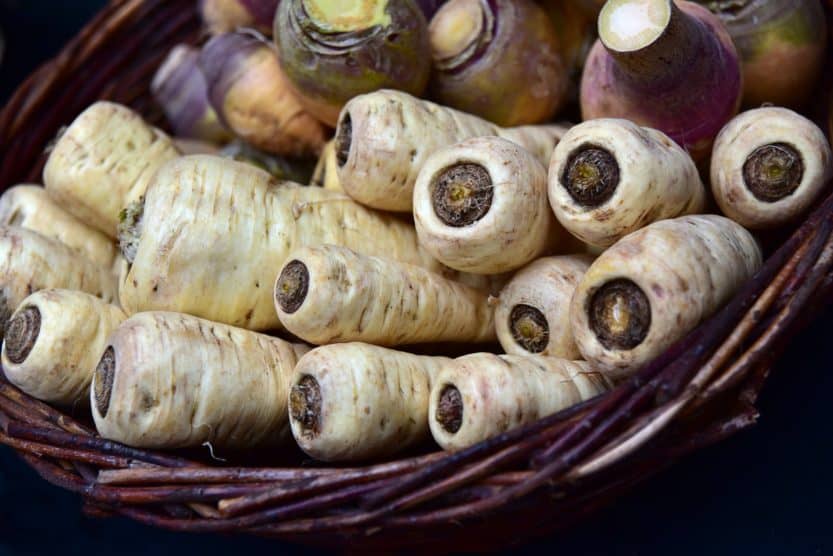
Parsnips are a delightful, yet often underappreciated, root vegetable that deserves a spot in the fall garden. Best planted in October, they benefit from a period of cold temperatures, which helps convert their starches to sugars, resulting in a naturally sweet flavor. Parsnips thrive in loose, well-drained soil and require plenty of space for their long roots to develop. Rich in vitamins C, E, and K, as well as dietary fiber, parsnips can be utilized in a variety of dishes, from purees and soups to roasted vegetable medleys. Their unique flavor pairs well with both sweet and savory ingredients, offering a versatile option for fall cooking.
Leafy Greens (September to February)
As the cool autumn breezes begin to rustle through Arizona gardens, leafy greens take center stage in the fall garden. These nutrient-dense vegetables not only thrive in the cooler weather but also offer a kaleidoscope of colors and flavors. From the energizing crunch of fresh lettuce to the vibrant hues of Swiss chard, leafy greens are perfect for extending the gardening season in Arizona, providing fresh produce from September through February. Let’s delve into some of the most rewarding leafy greens to grow in your fall garden.
Spinach
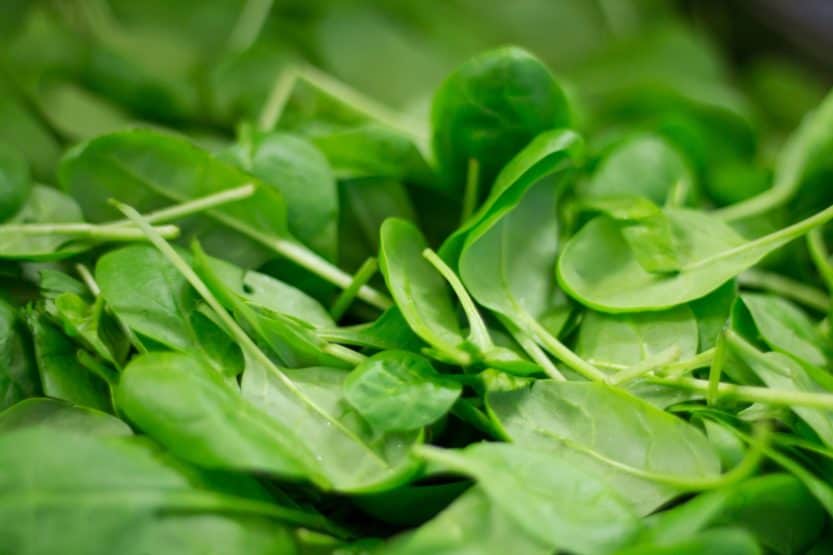
Spinach is a quintessential leafy green that’s known for its rich nutritional profile, including high levels of vitamins A, C, and K, as well as iron and folate. In Arizona, spinach can be sown from mid-September to November, making it adaptable to the cooler fall climate. This fast-growing green does best when planted in well-drained soil with plenty of organic matter. Spinach thrives in partial shade during the hottest days, which can help prevent bolting. Fresh spinach leaves can be easily incorporated into salads, smoothies, and sautés, and they can also be blanched and frozen for later use, ensuring you have this nutritious green on hand all winter long.
Lettuce

Lettuce is a versatile leafy green that comes in various types, including romaine, butterhead, and loose-leaf varieties. Its relatively quick growth cycle—generally ranging from 30 to 60 days—makes it ideal for planting in Arizona’s fall garden starting in mid-September. Lettuce prefers cooler temperatures and can benefit from a bit of shade during peak sunlight hours. Regular watering and adequate space for air circulation can help prevent pests like aphids and diseases such as downy mildew. From crisp salads to sandwich toppings, fresh lettuce adds a delightful crunch and nutrition to meals. Additionally, consider trying some unique varieties such as red leaf or oakleaf lettuce to add visual interest to your garden.
Kale
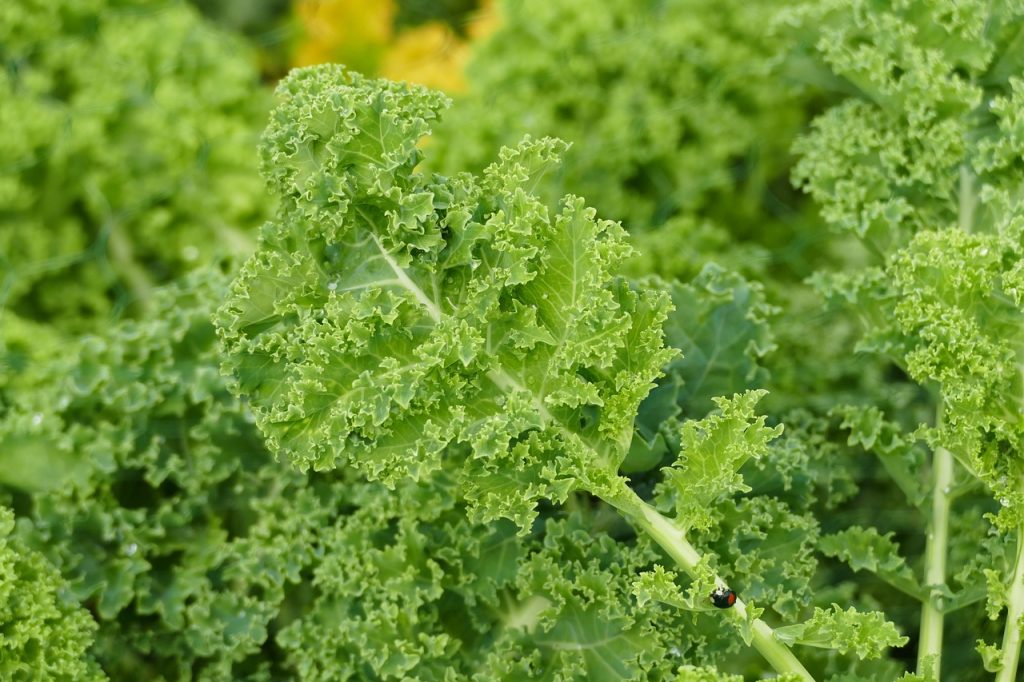
Kale, often touted as a superfood, is an excellent choice for fall gardens in Arizona. Its hardiness allows it to withstand light frosts, which can even improve its flavor by increasing sweetness. Best sown from mid-September to early November, kale is a nutrient powerhouse, loaded with vitamins A, C, and K, as well as calcium and antioxidants. This leafy green grows well in full sun to partial shade, and regular harvesting encourages new leaf growth. Kale can be used in smoothies, salads, and soups, or massaged with olive oil and lemon to tenderize it for raw consumption. The wide variety of kale available—from the frilly, tender leaves of Lacinato kale to the colorful Red Russian variety—adds diversity to your garden and plate.
Collard Greens

Collard greens are a staple in Southern cooking, and they thrive remarkably well in Arizona’s fall climate. These leafy greens can be planted from late September to November, taking full advantage of the cooler temperatures that bring out their sweeter flavor. Collard greens are robust, disease-resistant, and nutrient-rich, offering ample amounts of vitamins A, C, K, and calcium. They prefer full sun and well-drained soil enriched with organic matter. Collards are great for braising, adding to stir-fries, or using as a wrap in place of traditional tortillas. Regular harvesting of the outer leaves allows for continual growth, providing fresh greens throughout the winter months.
Swiss Chard
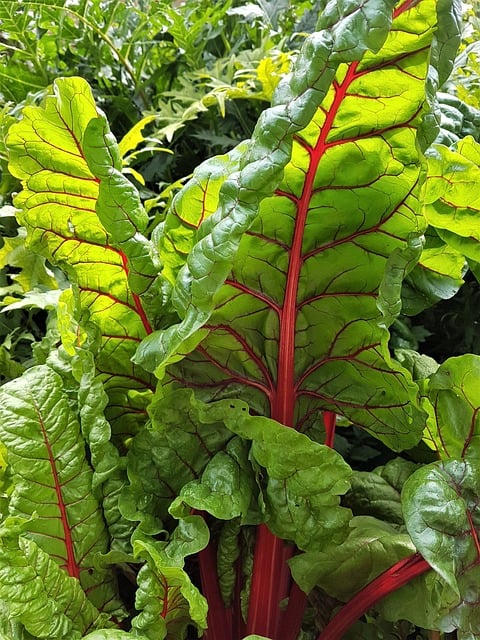
Swiss chard is a beautifully vibrant leafy green that is not only delicious but also visually striking with its colorful stems and leaves. Best sown in early October, Swiss chard is a resilient plant that can tolerate light frosts, making it a staple in fall and winter gardens throughout Arizona. Rich in vitamins A, C, and K, as well as fiber and potassium, Swiss chard is versatile in the kitchen, whether sautéed, steamed, or eaten raw in salads. The standout feature of Swiss chard is its ability to provide continuous harvests; the outer leaves can be picked while allowing the inner leaves to flourish. This characteristic makes Swiss chard a perfect addition to any home garden looking for a steady supply of greens.
Alliums (September to April)
Allium vegetables are a diverse group known for their unique flavors and robust growth, making them ideal for Arizona’s fall garden. With a planting window extending from September through April, these hardy bulbs can thrive in the cooler temperatures of the fall and winter months. Alliums not only add rich flavor to culinary dishes but also boast numerous health benefits, fostering a well-rounded diet. Let’s explore some of the most common alliums to cultivate in your Arizona garden this fall.
Garlic
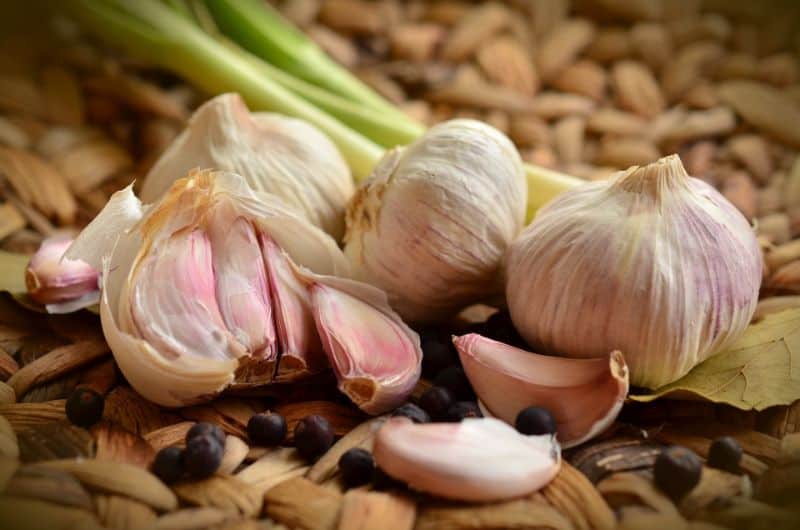
Garlic is a beloved staple in kitchens around the world, prized for both its flavor and health benefits. For Arizona gardeners, the ideal planting time is in late September to early October. Garlic grows well in well-drained, fertile soil with full sun exposure. There are two main types of garlic to consider: hardneck and softneck, each with its unique characteristics and growing requirements. Hardneck varieties tend to be more winter hardy and produce scapes, while softneck varieties are typically the type found in grocery stores. When planting garlic, ensure that bulbs are placed upright, with the pointed end facing skyward, and spaced adequately to allow for bulb growth. With proper care, garlic cloves can be harvested by late spring to early summer, making them a rewarding addition to fall gardens.
Onions

Onions are a staple in many culinary traditions and can grow successfully in Arizona’s unique climate. They can be planted from sets or seeds between September and November, as they thrive in cooler temperatures. There are several types of onions to consider, including yellow, red, and sweet varieties, and each type offers a distinct flavor profile. Onions require full sun and loose, well-drained soil to develop properly; consistent watering is vital to prevent bulbing or bolting. Harvest onions when the tops begin to fall over and turn brown, signaling that they are ready to cure. Once dried, properly stored onions can last for several months, ensuring a steady supply for your kitchen.
Shallots
Shallots, often viewed as a gourmet kitchen ingredient, are relatively simple to grow and offer a milder flavor compared to onions. These alliums can be planted in late September to October, similar to onions, and require similar growing conditions: well-drained soil, full sun, and regular moisture. Shallots thrive in fertile ground, so consider adding organic matter prior to planting. Unlike onions, shallots grow in clusters, producing multiple bulbs from a single planting. Harvest shallots when the tops fall over and the outer skins begin to dry, just like onions. Their subtle sweetness makes them an excellent choice for dressings, sautés, and other dishes where a gentler flavor is desired.
Leeks
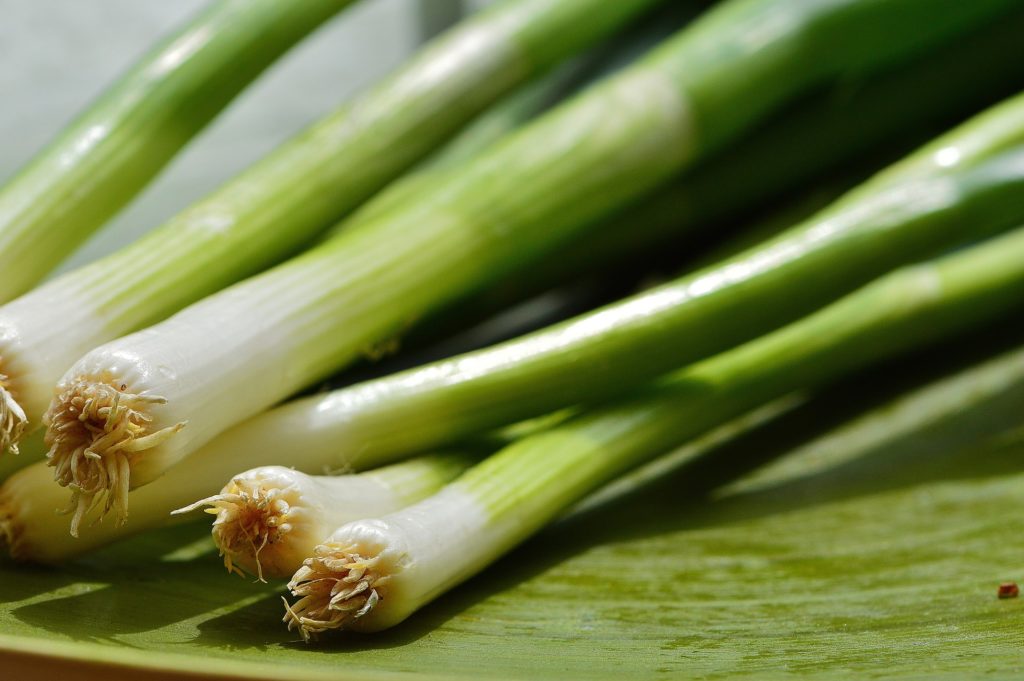
Leeks are a versatile allium with a refined flavor, cherished for their use in soups, stews, and a variety of gourmet dishes. Arizona gardeners can plant leeks from seed or transplants from mid-September to October. As leeks require a longer growing season, starting them indoors or sourcing established plants can be beneficial. These vegetables prefer rich, fertile soil and consistent moisture, which helps them develop their characteristic long, tender shafts. Unlike other alliums, which grow bulbs, leeks grow in length and need to be hilled up as they grow to ensure a tender, white base. They can be harvested throughout the winter months, making them an excellent choice for extending the gardening season. Leeks add depth to dishes and are also rich in vitamins A, C, and K, making them a nutritious component of a balanced diet.
Arizona-Specific Considerations
When planning a fall garden in Arizona, it’s crucial to take into account the unique climatic conditions of the region. The high desert environment can bring distinct challenges and opportunities that impact what can be successfully grown during the fall and winter months. By understanding these factors, gardeners can optimize their planting strategies and ensure a fruitful harvest.
Plant Cool-Season Vegetables 8-10 Weeks Before the First Frost
In Arizona, the general growing season allows for some flexibility, but it’s advisable to plant cool-season vegetables about 8-10 weeks before the first expected frost to reap the full benefits of the growing season. Typically, this translates to mid-September through early October as the best timeframe for sowing seeds and transplanting seedlings. This timeline allows adequate maturation time for crops like broccoli, cauliflower, and lettuce—cultivars particularly favored in cooler weather. Being mindful of local frost dates is essential, especially in gardening zones that may vary in elevation and climate within Arizona.
Choose Heat-Tolerant and Bolt-Resistant Varieties
Given that Arizona experiences extreme heat, even during the fall, selecting heat-tolerant and bolt-resistant varieties of fall vegetables is imperative. Bolt-resistant varieties are those that delay flowering when temperatures rise, allowing for better yields in fluctuating climates. For instance, look for salad greens bred specifically for heat tolerance, such as certain types of lettuce and spinach. Additionally, opting for vegetables like Swiss chard and collard greens can yield more robust plants that thrive in the unique balance of mild autumn and winter temperatures. Taking time to research and consult local gardeners or agricultural extension services can yield insights into the best varieties suited to Arizona’s fluctuating weather.
Plant in Well-Draining Soil with Full Sun
To ensure optimal growth of fall garden vegetables in Arizona, plant them in well-draining soil that provides the appropriate nutrients. Desert soils can be quite sandy, making it necessary to amend them with organic matter such as compost or aged manure to improve water retention and fertility. Additionally, ensuring that crops receive full sun—about 6 to 8 hours of direct sunlight—is critical for photosynthesis, especially during the shorter days of fall and winter. Raised beds can further enhance drainage, providing an ideal environment for root growth and overall plant health.
Water Efficiently
Watering practices must be adapted to Arizona’s arid climate, as efficient water management is vital to growing healthy vegetables. The dry conditions make it easy for soil to dry out quickly, increasing the urgency for consistent moisture. Utilizing drip irrigation systems can deliver water directly to the root zone of plants, reducing evaporation and ensuring targeted watering. Additionally, mulching around plants can help retain soil moisture and regulate temperature. Monitoring soil moisture levels with a simple finger test or a soil moisture meter can guide watering practices effectively, helping to prevent overwatering or drought stress on plants.
Recommended Planting Dates for Arizona
Understanding the optimal times to plant different varieties of vegetables can significantly affect garden success. Here’s a detailed timeline for recommended planting dates for various fall crops in Arizona:
September 15 – October 15:
Broccoli: This cruciferous vegetable prefers cooler temperatures and can be started from seedlings or seeds during this planting window for heartier heads.
Cauliflower: Similar to broccoli, cauliflower benefits from the mild fall weather, so planting September to October will yield robust blooms.
Kale: Considered a superfood, kale flourishes in cooler weather and can be sown directly or transplanted during this period for continuous harvest.
Spinach: Direct-sown spinach offers fast returns, making this the perfect time to plant for fresh salads in the fall and winter.
Lettuce: Sowing lettuce at this time encourages healthy, tender greens as temperatures begin to drop.
Peas: Both sugar snap and snow peas thrive in cooler temperatures, so planting them in early fall encourages sweet, crisp snacks.
October 1 – November 15:
Carrots: With a sowing window extending into November, carrots can develop sweetness with cooler temperatures, making October an ideal time for seeding.
Beets: Beets can be sown towards the end of this period for a colorful and nutritious addition to winter meals.
Radishes: Fast-growing radishes are perfect for succession planting, and sowing them in early October ensures a quick harvest.
Turnips: These root vegetables are ideal for planting during this timeframe and can be enjoyed in both their roots and greens.
Rutabaga: Planting rutabaga during these weeks provides ample time for the roots to develop their unique flavor.
November 1 – December 15:
Garlic: Plant garlic in early November for a reliable harvest come late spring, helping to build flavor in various dishes.
Onions: November is suggested for planting onions to ensure they have a robust growing period.
Shallots: Just like garlic, shallots thrive when planted in the fall. They need a longer growth period to develop their unique sweet flavor, so November is the ideal time to set them in the ground. They prefer well-drained soil and can be planted directly from seed or sets that are available at local nurseries. Shallots not only enhance savory dishes but their beautiful bulbous forms also make for a delightful addition to any fall garden.



